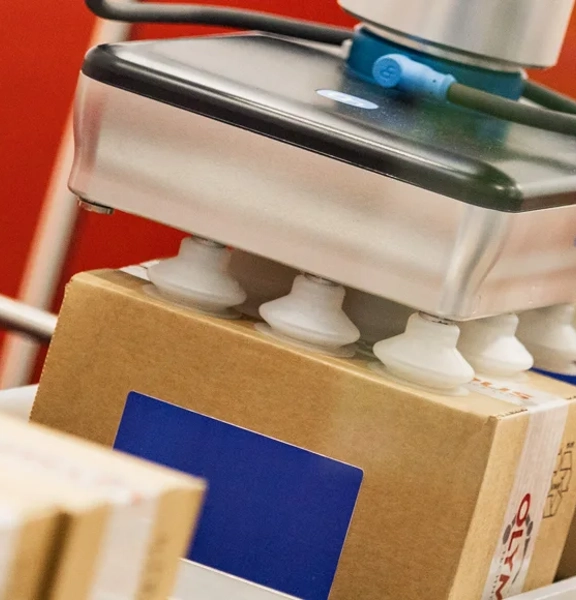Become a member
Take advantage of exclusive member benefits, world class events, networking and specialist support








 Become a member
Become a member 


 Autonomous mobile robots & Guides vehicles’
Advanced robotics
Autonomous mobile robots & Guides vehicles’
Advanced robotics
The frequency with which this question is asked often depends upon the industry sector you operate within and the size of the company. It is clear that high levels of automation are an absolute necessity in the car industry, but what about other sectors? Also, is automation the right solution for SME’s or is it only appropriate for large companies with high-volume production? Consider the potential opportunities in more detail and you might be surprised to find that automation is right for you.
Historically, there have been many perceived barriers to automation including concerns over cost, complexity and in-house skill levels. Whilst these may have had some validity in the past, by comparison, today’s robot systems are very affordable, simple to operate, fast and flexible, plus the industry as a whole now has a generation of engineers with robot and automation experience.
Even with these positive factors, the uptake of automation within UK manufacturing continues to lag behind that of our European cousins. This means that there are undoubtedly still a host of opportunities for UK manufacturers in many sectors to take advantage of this technology and use it to enhance their business and strengthen their competitive advantage.
The dynamic and highly competitive nature of today’s marketplace, combined with changing regulatory requirements in medical, healthcare and food, plus the trend towards vehicle personalisation within the automotive sector, means that automation will continue to play an increasingly important role in a variety of manufacturing sectors.
The common reasons cited by companies for believing that automation is not appropriate for them include: it’s too expensive, volumes are too low, product mix is too high, or the process needs human intervention for dexterity or inspection purposes. Automation indeed requires both justification and a return on investment, and at lower volumes, this will be a more difficult calculation. However, by taking into account other factors such as ergonomic benefits, improved health and safety, quality and yield improvements, reduced skill levels and the ability to implement changeovers more quickly, the case for automating may become much stronger.
Taking a longer-term view of the investment required to automate, especially if the system includes robots, can make a significant difference. After all, the robots will remain at peak performance for many years and just having taken the step to automate can often strengthen the relationship between customer and supplier.
In the case of a high product mix, automation is not only able to deal with multiple product variants but brings with it greater levels of process and quality control. High levels of flexibility can be built into both robotic or special-purpose automation. The combination of robots, machine vision and a flexible parts feeding system make it possible for different product variants to be handled easily with a minimum of downtime or operator intervention. Incorporating bar codes and or 2D matrix codes makes it possible for the system to self-validate that the products being produced match the planned production schedule, eliminating incorrect product variants – essential in medical and healthcare applications.
Whilst there will always be some applications where operator intervention will be required, the flexibility of the latest multi-axis robot systems combined with innovative gripper design concepts, mean that tasks which were once only possible with human dexterity can now be achieved through the use of automation. The introduction of collaborative robots opens up new opportunities where the benefits of both the robot and the human can combine to improve the manufacturing process. The high-resolution cameras used in the latest machine vision systems, and the extensive library of image processing algorithms at the disposal of vision engineers have made it possible for vision systems to perform inspection tasks which were once only possible with human vision. Automated inspection is a valuable addition to any manufacturing process irrespective of the volume.
The answer to the question “Is automation right for you?” may well be a resounding yes, given the capabilities of the latest robot and automation systems and if all of the potential benefits are included as part of the justification.